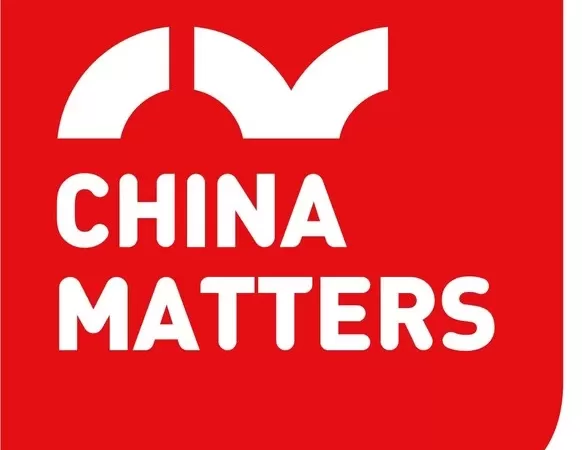BEIJING, Jan. 8, 2021 — A news report by China.org.cn on China’s recent campaign for bridging the digital divide for the elderly:   Starting this January, many popular Chinese apps and websites such as WeChat, Taobao and Douyin will be redesigned to make them more senior-friendly. These redesigns…
Yuanyuan’s Adventure Episode Ⅴ: Contemporary Development
BEIJING, Jan. 8, 2021 — A news report by China.org.cn:   On October 25, 1945, Taiwan and Penghu Islands returned to China. Since then, the people of Taiwan were quickly devoted to the modernization drive. Driven by export-oriented policies, Taiwan’s economy recovered rapidly and has developed steadily. By the…
Yan’an: No Longer in Poverty
BEIJING, Jan. 8, 2021 — An article by China.org.cn on how people in Yan’an, a poverty-stricken place:   Yan’an is sacred ground for China’s revolutionary history, but also a place that has lagged in economic and cultural development for a long time. On May 7, 2019, the revolutionary…
The Ancient Silk Road’s Historical Significance and Its Role in Inspiring Joint Development of the Belt and Road Initiative
BEIJING, Jan. 7, 2021 — An article by China.org.cn on the ancient silk road and the Belt and Road Initiative:   The ancient Silk Road was a major corridor connecting the East and West, which brought about commercial interconnection and economic interaction. Looking back at the history, the…
Cultural Diversity Leads to a Shared Future for the World
BEIJING, Jan. 7, 2021 — An article by China.org.cn on cultural diversity:   In the beginning, civilization was like a candle lit against darkness, its lonely glow only able to illuminate the immediate surroundings. All civilizations are of equal value, and all have merits and flaws. There is…
TLScontact closes 2020 on a high with inclusion on $3.3 Billion USD U.S. State Department contract vehicle
PARIS, Jan. 7, 2021 — TLScontact, a global visa and consular services specialist and part of the Teleperformance Group, in partnership with PAE, a global leader in delivering smart solutions to the U.S. government and its allies, has been awarded a place on a…
The Second Annual Award Ceremony for International Video Contest of My China Story held in Yantai
BEIJING, Jan. 4, 2021 — Nearing the end of 2020, an eventful year for most, China International Publishing Group (CIPG) hosts the My China Story award ceremony for excellent films created by foreigners both abroad and living in China. Content creators from around…
Yuanyuan’s Adventure Episode III: Taiwan Reunification
BEIJING, Jan. 4, 2021 — A news report by China.org.cn:   In the Kangxi period of the Qing Dynasty, the Zheng family, which was headed by the descendants of Zheng Chenggong, ruled Taiwan, and contended with the Qing government. Despite several rounds of peace negotiations, no agreement was reached. In order…
‘People’ chosen as Chinese character of the year
BEIJING, Dec. 30, 2020 — A news report by China.org.cn on China’s Chinese character of the year:   In a recently published list of buzzwords in China, "min", meaning "people," was chosen as the Chinese character of 2020, while "poverty alleviation" was crowned as the Chinese word of…
Yuanyuan’s Adventure Episode Ⅱ: The Reclamation of Taiwan
BEIJING, Dec. 30, 2020 — A news report by China.org.cn:   In the late 15th and early 16th centuries, as the world ushered in the Age of Discovery, Taiwan, a beautiful island with rich resources became a target of Western colonial exploitation. A group of pirates from the…




